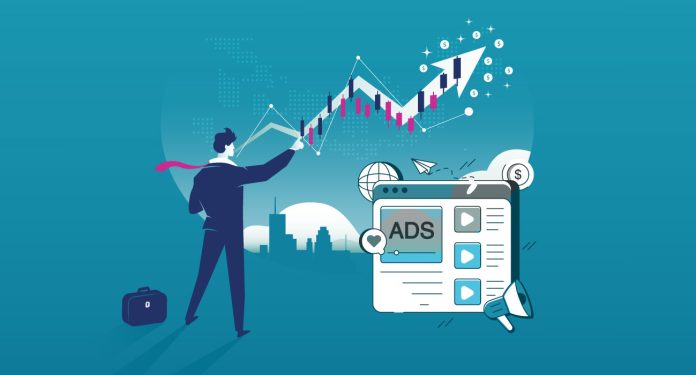At Advertising Week, AI met accountability and marketers made a case for simplicity. The industry may just be growing up—and getting smarter.
As a first-timer at this year’s Advertising Week, I can say it was a truly unique experience. For four days, the space that once served as a shopping mall in the Old Penn District—I did my research before attending!—transformed into a buzzing hub for our industry. People rode escalators up and down, chasing friends, rushing between sessions, and hunting for content. The energy was intense, with more than ten stages packed with talks from top industry leaders. It’s the kind of place where you meet people who share your passion for building brands and driving business forward.
With that much content and that many people, chaos was inevitable. (PS: if you ever plan to go, get a fast-track ticket—otherwise, you might spend more time waiting in line than learning. But it’s worth it.) The density of ideas, conversations, and spontaneous encounters more than makes up for the confusion. With that in mind, here are some of the big ad takeaways I had as a first-timer.
AI Matures from Hype to Utility
AI, unsurprisingly, was the dominant theme—but the conversation finally moved beyond the hype. This year, the question wasn’t whether AI would change advertising, but how far it could actually go, what its limits were, and what it truly meant for consumers and marketers. Depending on the stage, you could hear every possible take on AI applications in advertising—from creative generation to optimization and analytics.
What I appreciated most was the practical tone. AI is no longer seen as a magical solution to every problem. It has its limits—sometimes replacing human labor or focus—but more often acts as a multiplier of what people are already capable of achieving. AI is here to stay, and while some of the buzz still needs trimming, the industry is slowly learning how to use it with purpose and perspective.
Every Dollar Is Being Judged
Measurement was another recurring theme. Beyond the usual complaints about fragmentation, what really stood out was a clear focus on growth. Marketing is no longer viewed as a cost center or a team that “spends money well,” but increasingly as a growth engine at the core of every company. The era of brand building is back in full force. I didn’t meet a single marketer who still believes viewability or last-click attribution are meaningful proxies for impact. Even accounting for the gap between stage talk and daily execution, it’s clear the funnel has collapsed. Every dollar spent must now be judged by its contribution to growth and ROI.
Here’s where things get interesting: there’s a growing recognition that not everything needs to be tracked to the last click or impression. Some of the most potent insights emerge from connecting simple signals—such as geolocation or point-of-sale data—and interpreting them in the proper context. You don’t need to follow consumers across every device and touchpoint (at the cost of their privacy) to understand what drives them. When overlaid with the correct data and perspective, these simpler signals can reveal patterns that are far more actionable—and far more sustainable—than those derived from compulsive tracking.
The mindset is shifting from trying to fix fragmentation to learning how to thrive within it. Whether a brand interaction happens in the real world, the digital ecosystem, or even the metaverse, marketers are learning to respect those differences and adapt measurement strategies accordingly.
This new perspective on outcomes is also reshaping how marketing positions itself within organizations. With a better understanding of customer behavior and clearer links between activity and impact, marketers are finally being recognized not as cost centers but as investments. Strong brands drive stronger business results—they make performance campaigns more effective, protect companies in tough moments, and build loyalty that lasts. Those are the kinds of outcomes that directly connect to what matters most for any C-suite: enterprise value.
Advertising Is Too Complicated
AWNY also highlighted the increasing complexity of marketing. The agenda encompassed a range of topics, from technology and data to creativity and thought leadership. Each session touched on a different part of the marketer’s job, and while it was impossible to attend everything, everything somehow felt relevant. That’s the reality of our industry today—endless opportunities, infinite tools, and constant pressure to prioritize. Complexity itself isn’t bad, but if it’s not managed, it turns into noise: chaotic actions, half-baked insights, and unclear outcomes.
If I could make one wish for next year’s event, it would be to hear more about how to make marketers’ jobs less complex—not by reducing ambition, but by improving focus. Our industry thrives on change and innovation, but we also need clarity to keep moving forward. Perhaps AI can actually help with that—not by doing the work for us, but by enabling us to focus on what truly matters: connecting, creating, and driving growth.
After four days of nonstop sessions, escalator chats, and caffeine, I left Advertising Week both exhausted and energized. The industry is certainly in flux. If this year proved anything, it’s that the future won’t be built on hype or buzzwords, but on clarity, creativity, and purpose.










